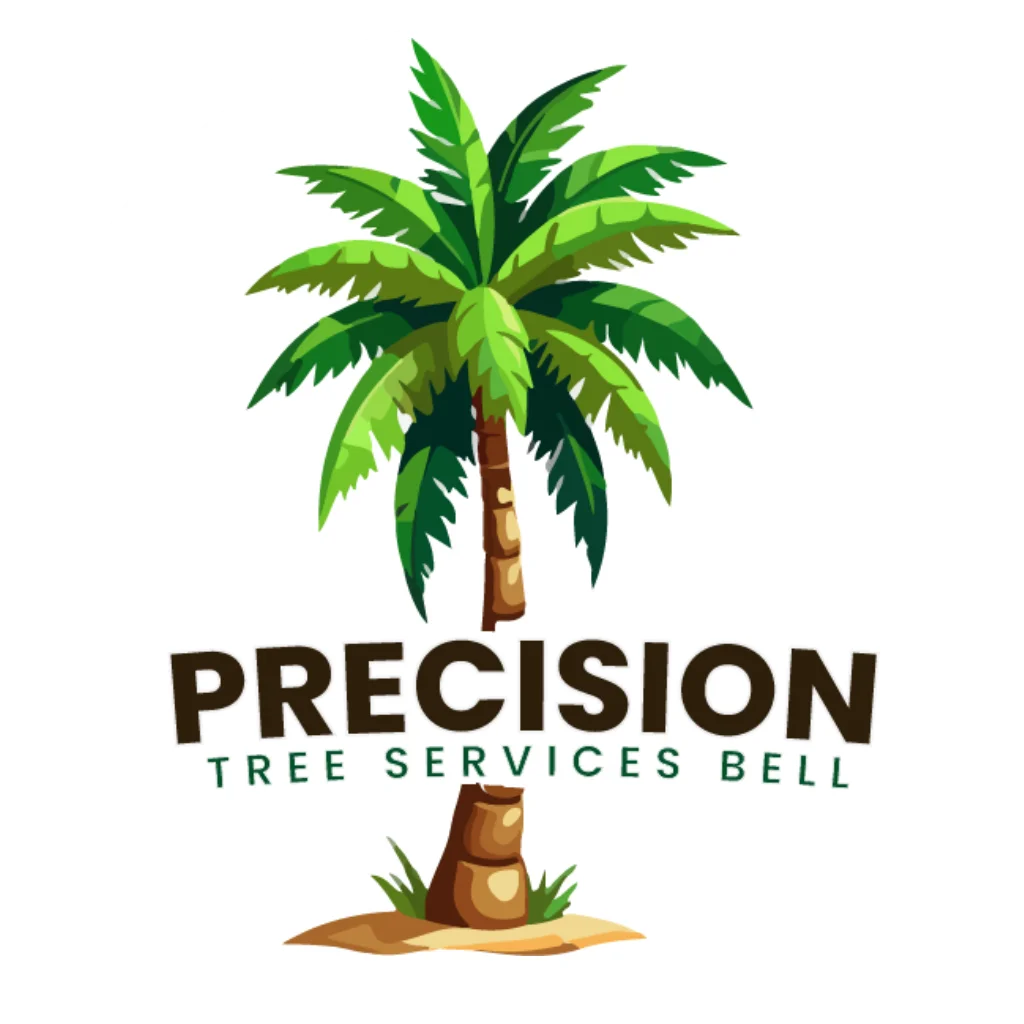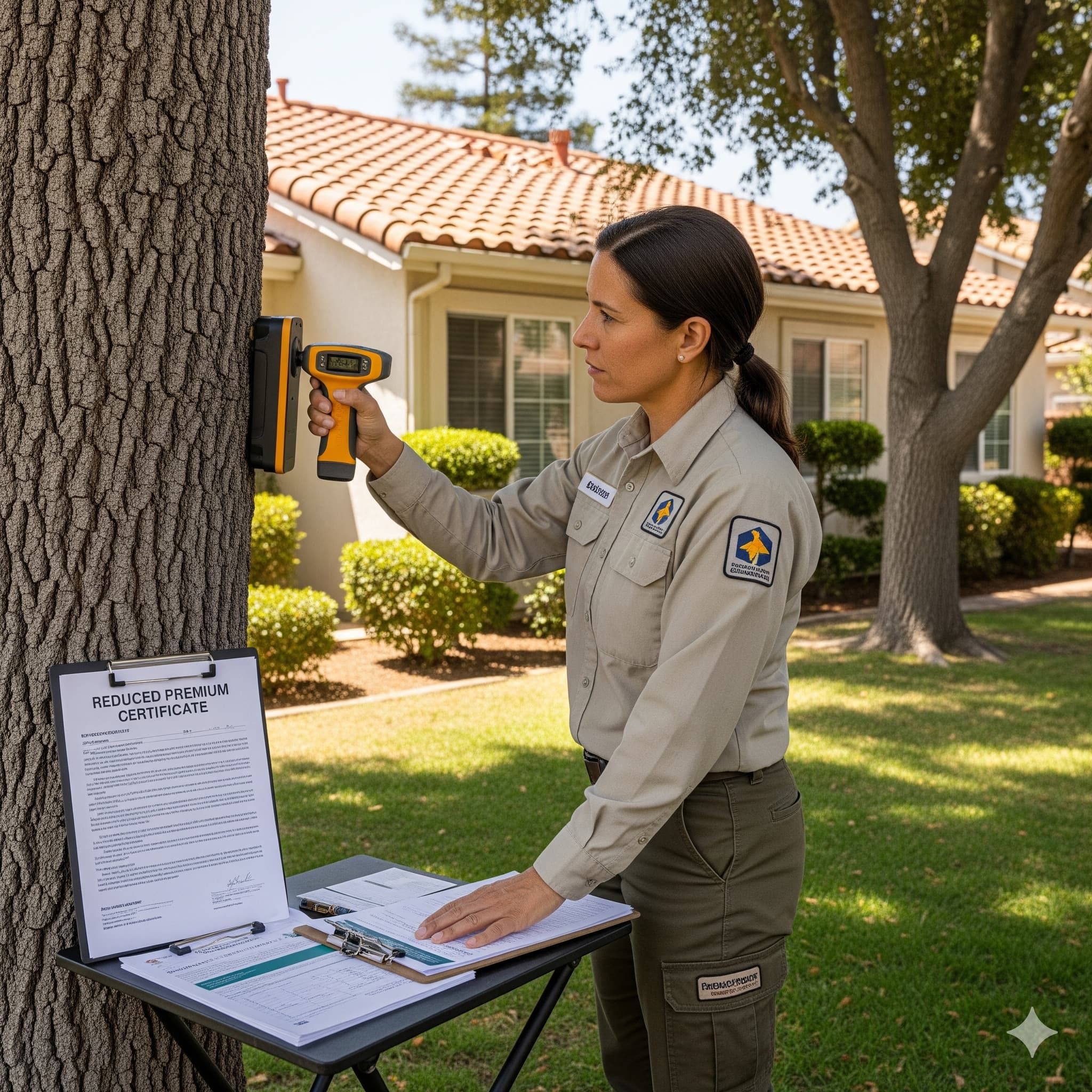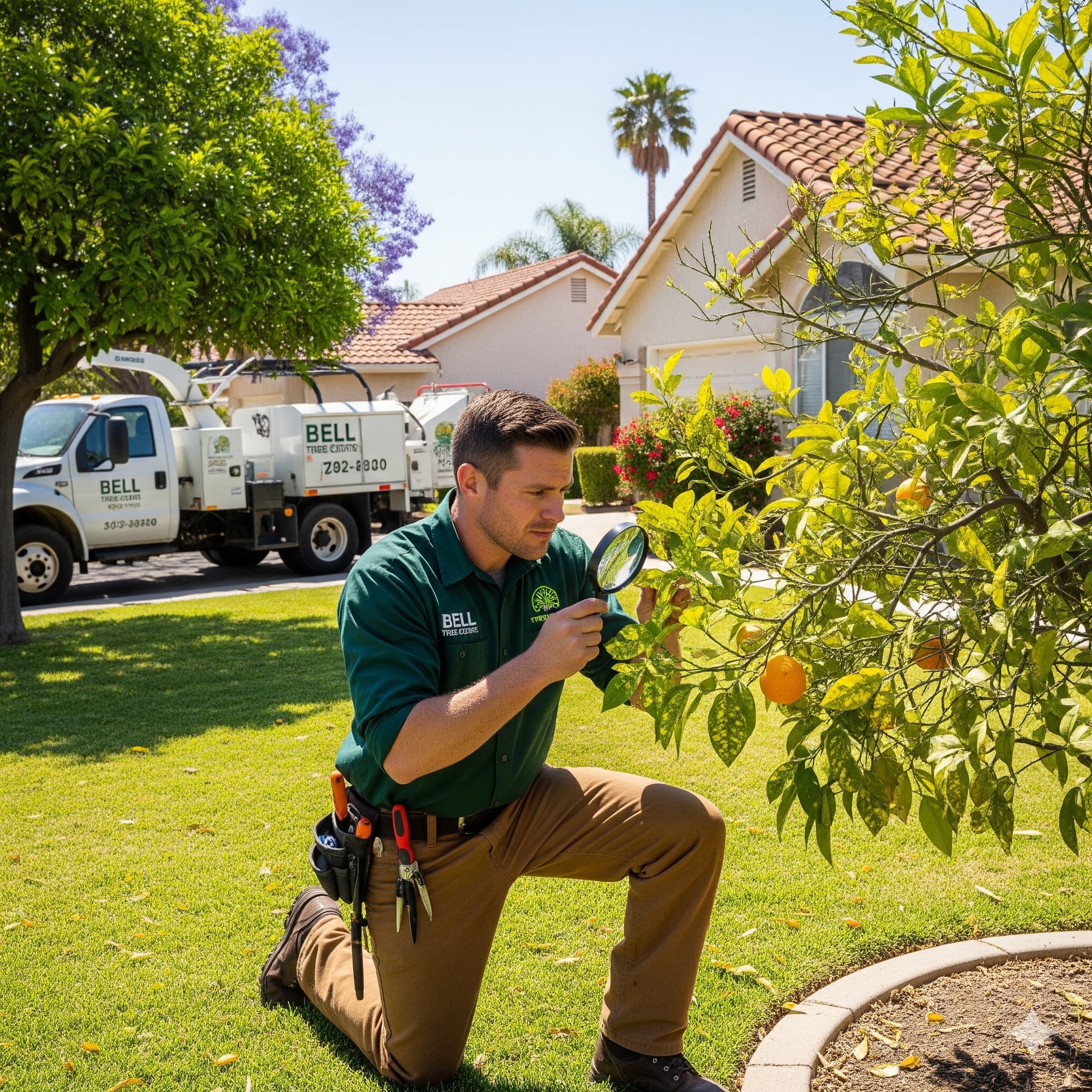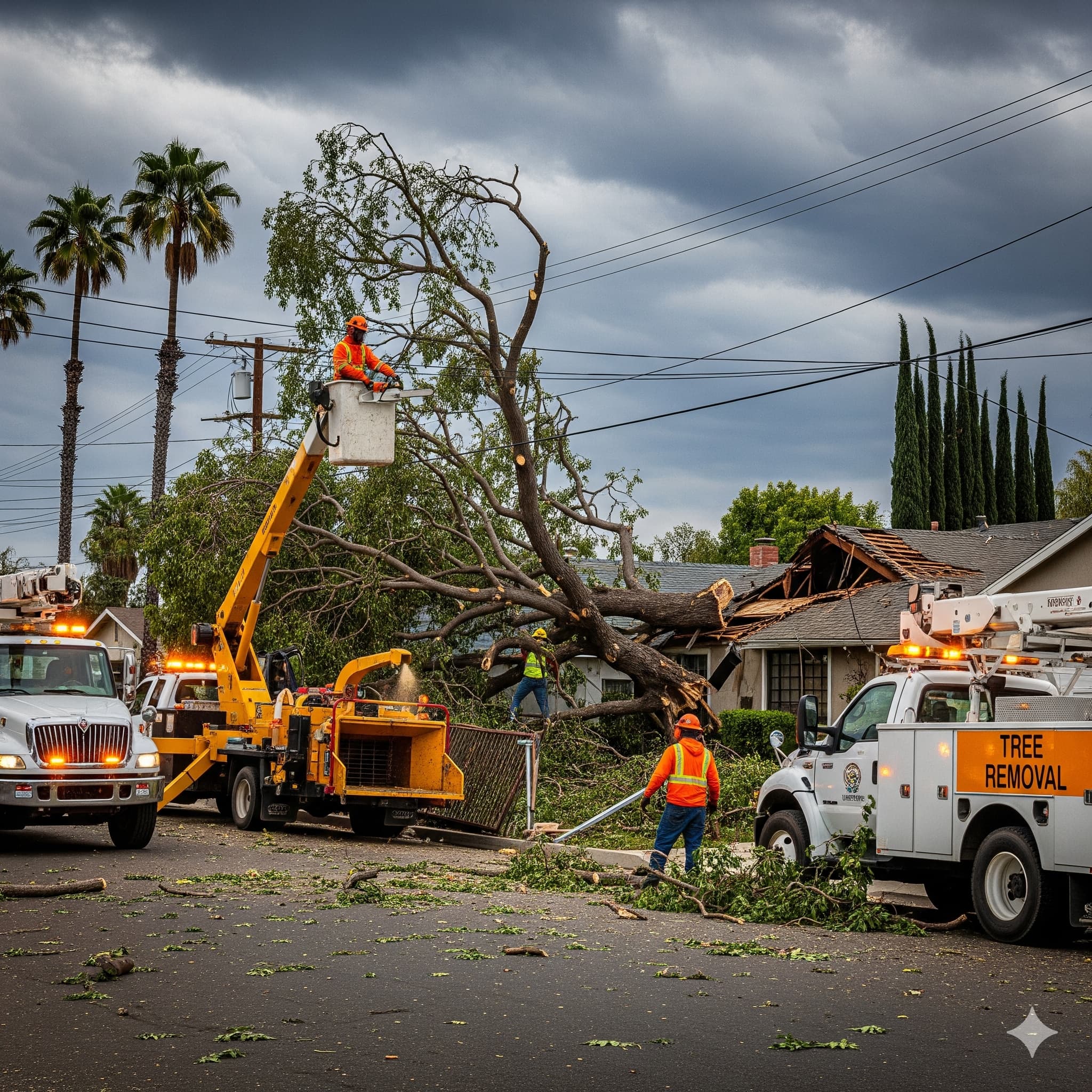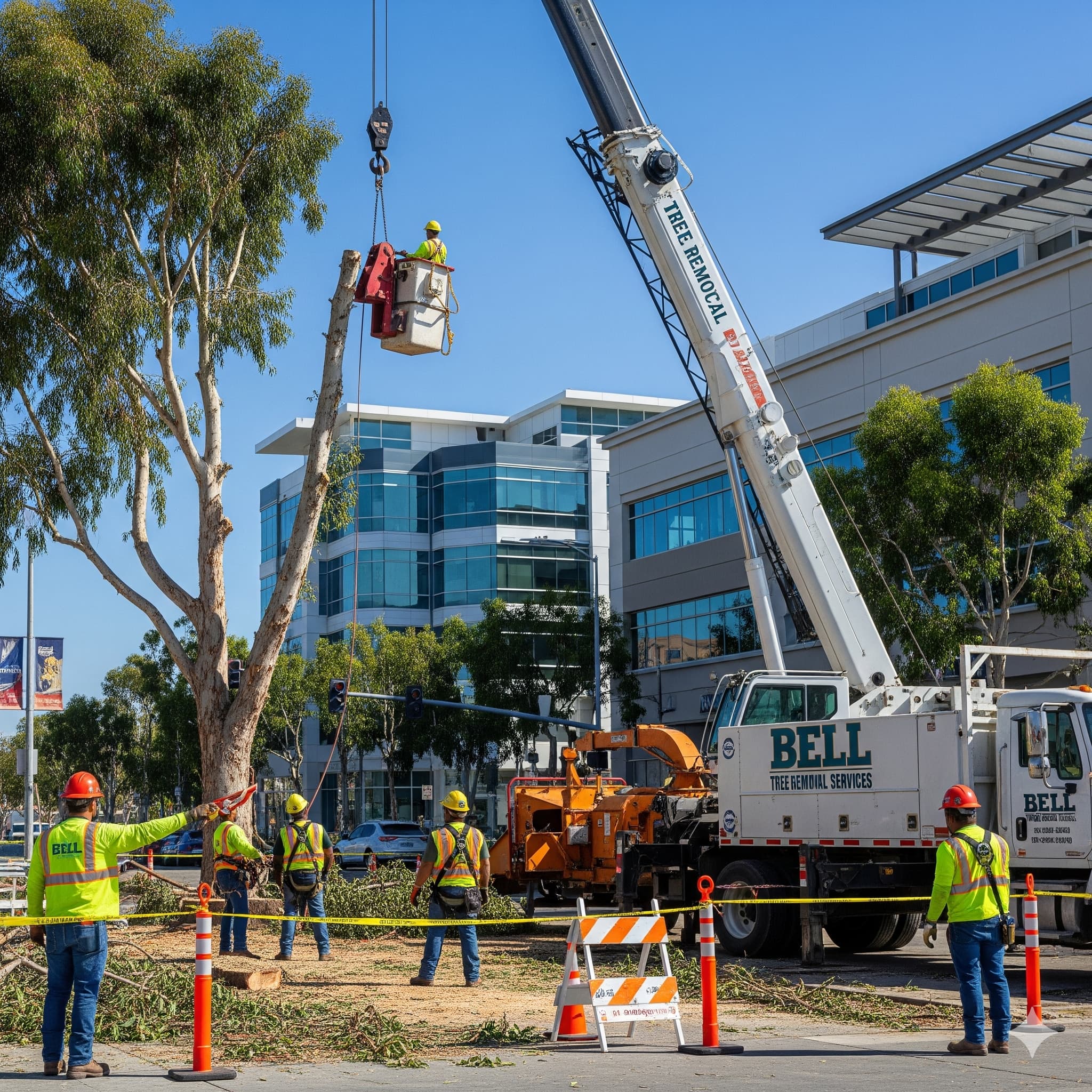
Understanding Permits Needed for Tree Cutting Service in Bell
Navigating tree cutting permits in Bell, California requires understanding multiple layers of regulations that govern when and how trees can be legally removed or trimmed. As a city within Los Angeles County, Bell residents must comply with both local municipal codes and county-wide ordinances that protect certain tree species and regulate tree cutting activities. This comprehensive guide helps property owners understand permit requirements, identify protected trees, and ensure compliance with all applicable regulations.
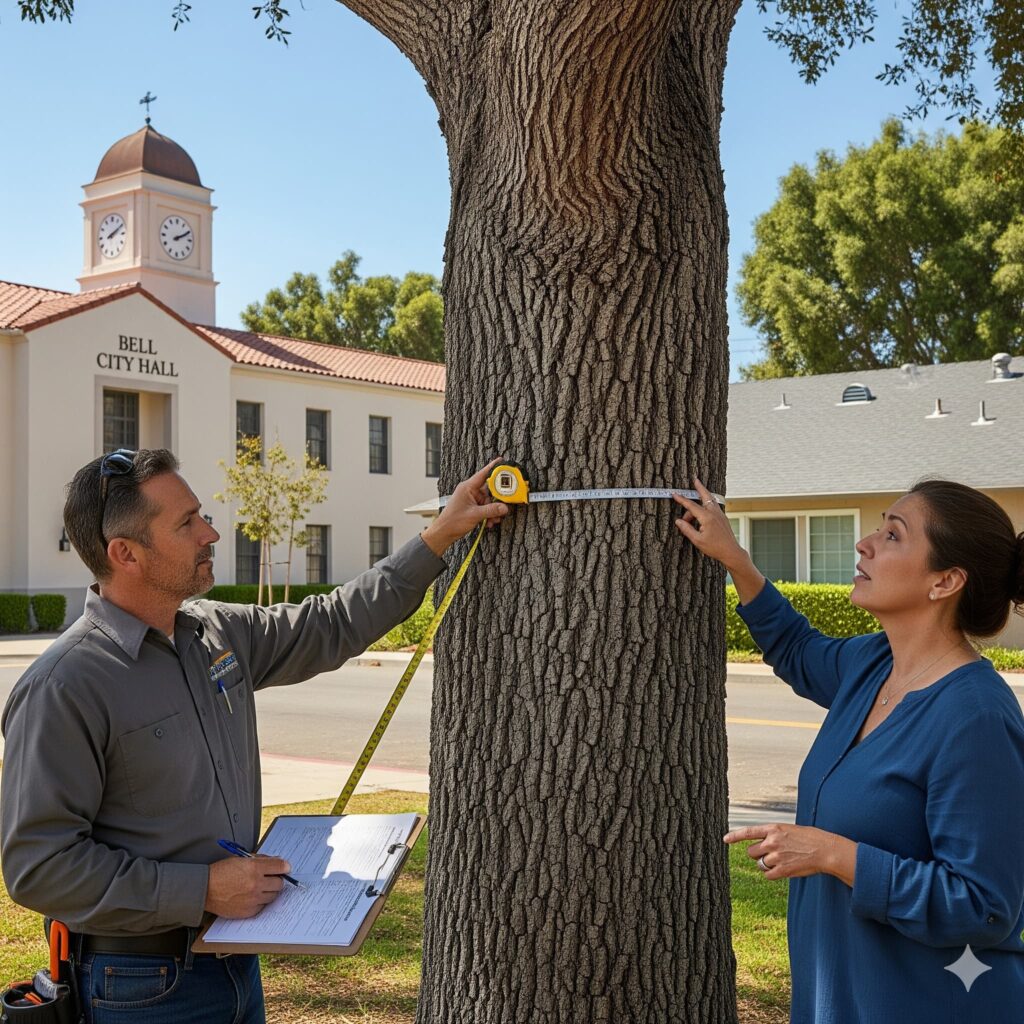
Bell’s Regulatory Framework
The City of Bell operates under both municipal authority and Los Angeles County jurisdiction when it comes to tree regulations. While Bell maintains its own community development department that handles local permits and code enforcement, the city also falls under broader Los Angeles County ordinances that protect native tree species throughout the region.
Bell’s Community Development Department, located at (323) 588-6211, serves as the primary contact for residents seeking information about tree cutting permits and local requirements. However, not all tree cutting activities require city permits, and understanding the distinction helps property owners determine appropriate procedures.
The city’s building and safety division handles most construction-related permits, while tree cutting services that don’t involve development projects may fall under different regulatory categories. Property owners should contact the Community Development Department to determine specific requirements for their situations.
Los Angeles County Protected Tree Ordinances
Los Angeles County maintains comprehensive protected tree ordinances that apply throughout Bell and other incorporated cities. These regulations protect specific native tree species that play crucial roles in the regional ecosystem and urban forest health.
The Los Angeles Municipal Code (LAMC) Section 46.00-46.06 establishes protections for Southern California indigenous tree species that measure four inches or more in cumulative diameter at 4.5 feet above ground level. This measurement standard, known as diameter at breast height (DBH), provides the threshold for protection status.
Protected species include California Live Oak (Quercus agrifolia), Southern California Black Walnut (Juglans californica), Western Sycamore (Platanus racemosa), California Bay (Umbellularia californica), Mexican Elderberry (Sambucus mexicana), and Toyon (Heteromeles arbutifolia). Any tree of these species meeting the size requirement cannot be relocated or removed without proper permits.
The regulation states that no protected tree or shrub may be relocated or removed without first applying for and obtaining a permit from the Board of Public Works or its designated officer. Violations can result in significant fines and legal consequences for property owners.
When Permits Are Required
Understanding when tree cutting permits are necessary helps Bell residents avoid legal complications and ensures proper compliance with all applicable regulations. Permit requirements depend on several factors, including tree species, size, location, and the scope of proposed work.
Protected tree species always require permits for removal or significant alteration, regardless of property ownership or development plans. Even trimming that might damage or threaten the health of protected trees may require permit approval to ensure appropriate techniques are used.
Street trees, including those planted in parkway areas between sidewalks and streets, typically require permits for any maintenance, trimming, or removal work. These trees remain under city jurisdiction even when they’re located adjacent to private property.
Trees associated with development projects, building permits, or construction activities usually require permits as part of the broader development approval process. Planning departments review these cases to ensure tree preservation where possible and appropriate mitigation when removal becomes necessary.
Emergency Situations and Exceptions
Certain emergencies may allow for tree cutting without advance permits, though property owners must still notify appropriate authorities and may need to obtain after-the-fact permits. Understanding these exceptions helps residents respond appropriately to urgent tree hazards.
Imminent hazard trees that pose immediate threats to public safety or property may qualify for emergency removal without advance permits. However, property owners should document the emergency conditions and notify relevant authorities as soon as possible after taking emergency action.
Dead or dying trees may sometimes be removed without permits, depending on species and local regulations. However, even dead protected species trees often require notification or permits to ensure proper disposal and replacement procedures are followed.
Utility company tree trimming for power line clearance typically operates under different regulatory frameworks that prioritize public safety and utility service reliability. Property owners should coordinate with utility companies and local authorities when utility-related tree work becomes necessary.
Permit Application Process
The permit application process varies depending on the type of tree work proposed and which regulatory authority has jurisdiction. Understanding these procedures helps property owners navigate the system efficiently and avoid delays.
Initial consultation with Bell’s Community Development Department helps determine whether permits are required and which agency has jurisdiction over specific tree cutting projects. Staff can provide guidance on applicable regulations and direct property owners to appropriate resources.
Application forms typically require detailed information about the trees in question, including species identification, size measurements, location maps, and justification for proposed work. Accurate documentation helps ensure smooth permit processing and reduces the likelihood of application rejections.
Professional arborist reports may be required for certain permit applications, particularly those involving protected species or trees in sensitive locations. These reports should assess tree health, safety concerns, and potential alternatives to removal.
Documentation Requirements
Proper documentation plays a crucial role in successful permit applications and regulatory compliance. Understanding what information authorities need helps property owners prepare complete applications that process efficiently.
Site plans showing tree locations, property boundaries, nearby structures, and proposed work areas provide essential context for permit reviewers. These plans should be drawn to scale and clearly identify all trees involved in the proposed project.
Photographs documenting current tree conditions, surrounding context, and any safety concerns support permit applications and provide visual evidence of circumstances requiring tree work. High-quality photos showing the entire tree and close-ups of specific issues prove most helpful.
Species identification confirms whether trees fall under protected categories and helps determine appropriate care requirements. Professional arborists can provide certified species identification when property owners aren’t certain about tree types.
Professional vs. DIY Considerations
The complexity of tree cutting permits and regulations makes professional consultation valuable for most property owners. Understanding when to seek professional help versus handling applications independently affects both outcomes and costs.
Certified arborists understand local regulations, permit requirements, and appropriate tree care techniques. Their expertise proves especially valuable for projects involving protected species, large trees, or complex site conditions.
Tree service companies often handle permit applications as part of their service offerings, providing convenience and expertise that ensures regulatory compliance. However, property owners remain ultimately responsible for permit compliance regardless of who performs the work.
Legal liability considerations make professional consultation particularly important for projects involving protected trees or significant tree work. Improper procedures can result in substantial fines and legal complications that exceed professional service costs.
Costs and Fees
Understanding the costs associated with tree cutting permits helps property owners budget appropriately for tree maintenance projects. Fees vary depending on permit types, tree characteristics, and required review processes.
Basic permit application fees typically range from moderate amounts for simple cases to higher costs for complex projects involving protected species or development activities. Some jurisdictions charge additional fees for expedited processing or specialized reviews.
Professional consultation costs should be considered when budgeting for permit applications. Arborist reports, site surveys, and permit preparation services add to project costs but often prove essential for successful applications.
Replacement tree requirements may significantly affect project costs when protected species removal is approved. Many jurisdictions require planting replacement trees or paying in-lieu fees that can substantially increase overall project expenses.
Common Permit Scenarios
Understanding typical situations that require permits helps Bell residents recognize when they need to seek authorization before proceeding with tree work. These common scenarios illustrate practical applications of permit requirements.
Home renovation projects that affect trees often require permits as part of broader development approvals. Property owners planning additions, remodeling, or landscape changes should consider tree impacts early in their planning processes.
Safety concerns involving hazardous trees may require permits even for emergencies. Property owners should document safety hazards and consult with authorities to ensure appropriate procedures are followed while addressing immediate risks.
Neighbor disputes over trees often involve permit considerations, particularly when trees cross property lines or create conflicts between adjacent property owners. Understanding permit requirements helps resolve these disputes through proper channels.
Enforcement and Penalties
Los Angeles County and local jurisdictions actively enforce tree protection ordinances, with penalties that can substantially exceed permit costs. Understanding enforcement mechanisms encourages compliance and helps property owners avoid expensive violations.
Violation penalties can reach thousands of dollars per tree for unpermitted removal of protected species. The Los Angeles Municipal Code provides for fines up to $30,000 per tree in some cases, making permit compliance a critical financial consideration.
Enforcement mechanisms include code enforcement officers, citizen complaints, and routine inspections that can identify unpermitted tree work. Property owners cannot assume that violations will go unnoticed, particularly in Bell’s dense urban environment.
Legal remedies for violations may include restoration requirements, replacement plantings, and ongoing monitoring that extends consequences well beyond initial penalty assessments. Some violations can affect property titles and future development rights.
Working with Tree Service Professionals
Selecting qualified tree service professionals who understand local permit requirements ensures projects proceed smoothly and comply with all applicable regulations. Understanding how to work effectively with these professionals improves outcomes.
Licensed and insured tree service companies provide essential protection for property owners undertaking tree work projects. These qualifications demonstrate professional competence and financial responsibility that protect customers from liability exposure.
Permit handling services offered by many tree companies can simplify the regulatory process for property owners. However, customers should understand what services are included and maintain oversight of permit applications submitted on their behalf.
Communication with professionals about permit requirements, regulatory constraints, and project goals ensures everyone understands expectations and limitations before work begins. Clear agreements prevent misunderstandings that can complicate projects.
Timing and Planning Considerations
Effective planning incorporates permit timelines, seasonal considerations, and regulatory requirements into project schedules. Understanding these factors helps property owners coordinate tree work efficiently.
Permit processing times vary depending on application complexity, regulatory review requirements, and agency workloads. Simple permits may process quickly, while complex cases involving protected species can take weeks or months for approval.
Seasonal restrictions may affect both permit availability and tree work timing. Some jurisdictions limit tree work during bird nesting seasons, while others prioritize certain types of applications during specific periods.
Planning helps property owners coordinate permits with other project activities, contractor availability, and seasonal considerations that affect tree work feasibility and costs.
Appeals and Dispute Resolution
Understanding options for addressing permit denials or regulatory disputes helps property owners navigate challenging situations and seek appropriate remedies when initial applications are unsuccessful.
Administrative appeals processes allow property owners to challenge permit denials or regulatory decisions through established procedures. These processes typically require presenting additional evidence or addressing concerns raised during initial reviews.
Professional consultation becomes particularly valuable during appeals processes, as expert opinions and technical analysis can address regulatory concerns and support property owner positions.
Alternative solutions may be available when permit denials prevent desired tree work. Regulatory authorities sometimes approve modified approaches that address both property owner needs and regulatory objectives.
Future Regulatory Trends
Understanding evolving regulatory trends helps property owners anticipate changes that may affect future tree work projects and long-term property management strategies.
Climate change adaptation increasingly influences tree regulations as communities recognize the importance of urban forests for heat reduction, air quality improvement, and stormwater management. These trends may result in stronger tree protections and more complex permit requirements.
Development pressure in urban areas like Bell may lead to enhanced tree preservation requirements and more stringent permit procedures. Property owners should stay informed about regulatory changes that might affect their properties.
Technology integration in permit processes may streamline applications and improve regulatory efficiency. Digital submission systems, online tracking, and electronic approvals can reduce processing times and improve customer service.
Resources and Support
Bell residents have access to various resources that can help navigate tree cutting permit requirements and ensure regulatory compliance. Understanding these resources improves outcomes and reduces confusion.
City staff at Bell’s Community Development Department provide primary guidance on local requirements and can direct residents to appropriate resources for specific situations. Staff expertise helps clarify complex regulations and application procedures.
Professional organizations like the International Society of Arboriculture maintain resources on best practices, professional standards, and regulatory compliance that benefit both property owners and service providers.
Educational materials from various sources help property owners understand their responsibilities and options for tree care while complying with applicable regulations. These resources support informed decision-making and responsible tree stewardship.
Conclusion: Ensuring Compliance in Bell
Understanding tree cutting permit requirements in Bell requires recognizing the multiple layers of regulation that apply to different situations and tree species. From local municipal codes to county-wide protections for native species, property owners must navigate complex requirements that prioritize urban forest preservation while allowing necessary tree maintenance.
The investment in proper permits and professional consultation typically proves worthwhile when considering the potential costs of violations, legal complications, and improper tree care. Bell’s dense urban environment and diverse tree population make expert guidance particularly valuable for ensuring successful outcomes.
Planning ahead, consulting with professionals, and maintaining open communication with regulatory authorities helps property owners achieve their tree management goals while supporting community-wide urban forest health and regulatory compliance.
Contact Precision Tree Services Bell for expert guidance on permit requirements and professional tree cutting services that ensure full compliance with all applicable regulations. Our certified arborists understand Bell’s regulatory environment and can help you navigate the permit process while providing high-quality tree care that protects your property and preserves urban forest resources.
